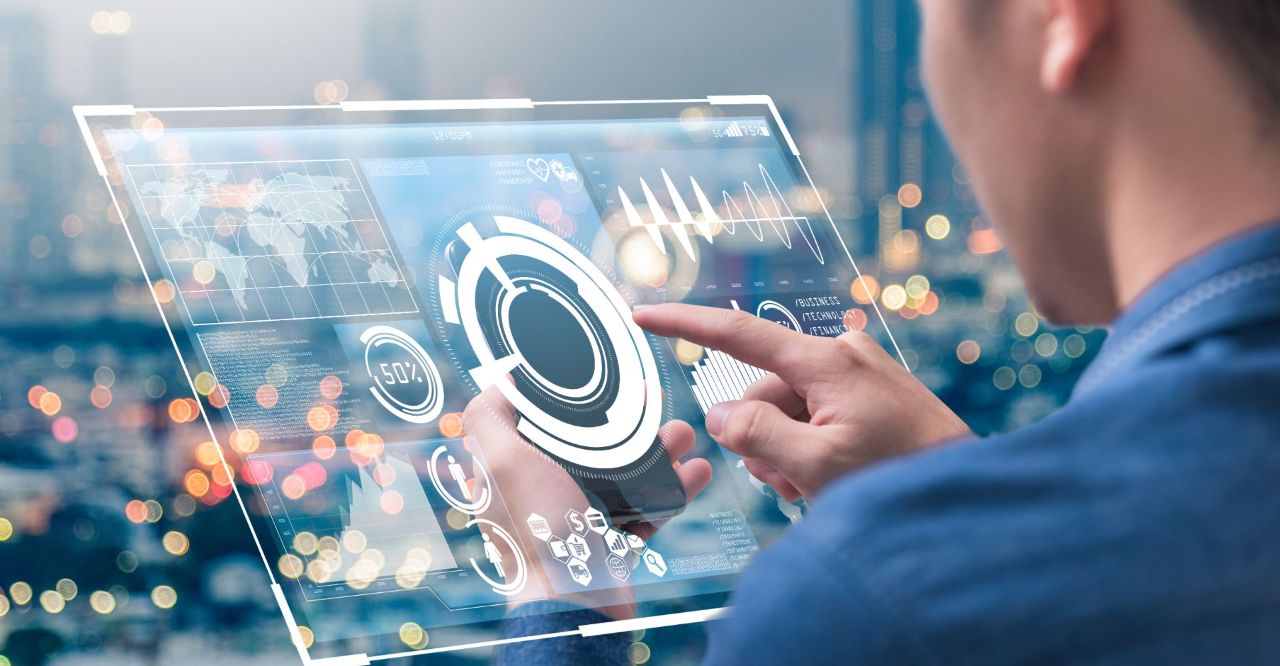One myth we commonly run into when dealing with small- and medium-sized enterprises (SMEs) is the idea that acquiring multiple software solutions for different business needs – whether off-the-shelf or custom-built – is more cost-effective.
These are some of the typical inquiries we would receive:
- I use accounting software, such as MYOB or Xero. I require a separate warehouse management system and/or inventory system.
- I have a POS and inventory control system. Excel is what I use for bookkeeping. Do you offer an Excel replacement for accounting software?
- I solely use a POS system to record my retail transactions and I use accounting software. To effectively manage my stock, I need an inventory system.
While it's common for businesses to seek out new, less expensive solutions than the ones they initially used (yay for business growth!), managing several software systems all at once makes it challenging for your employees to concentrate on performing the tasks that really count.
Yes, connectors could be used to integrate your lovely new accounting system with your inventory management software and other business systems. But let's face it, compatibility problems ultimately result in greater headaches and lost productivity. It's like to attempting to fit numerous imperfect puzzle pieces together.
So, if having a different software solution for each business need is not the way to go, what is? We argue that an enterprise resource planning (ERP) software is what you need, and it’s because of the one key feature that makes them a superior option to multiple standalone solutions.
The Key Feature: Data Centralisation And The ‘Single Source Of Truth’
%20(1)%20(1).jpg?width=1000&height=666&name=shutterstock_1131418724_1920_compressed%20(2)%20(1)%20(1).jpg)
The ability of ERP software to unify data from several departments into a single, centralised database is the key feature that distinguishes it from other software solutions.
Because an ERP software combines a wide range of business functionalities – including accounting, inventory management, and warehouse management – into a single platform, it eliminates the need for your SME to rely on a variety of software solutions for your needs.
And even for functionalities which ERP software do not cover, such as customer relationship management (CRM) and point-of-sale (POS), ERP software are designed to integrate these external software solutions.
With this ability to integrate business functions and software solutions, an ERP software is designed to consolidate data across your SME. This provides business owners like yourself with a single source of truth into your SME, which enables fast and accurate decision making.
The Benefits That Data Centralisation Brings To Businesses
.png?width=1000&height=666&name=Benefits%20of%20data%20centralisation%20(1).png) Overview of benefits that data centralisation brings; Source; AFON IT
Overview of benefits that data centralisation brings; Source; AFON IT
But how does ERP software centralising your business data benefit your SME? The following are some of the main ways that it does so;
Streamlined Processes and Increased Efficiency
By implementing an ERP software, SMEs can automate and streamline their core business processes. Instead of relying on manual data entry and disparate systems, an ERP software offers end-to-end functionality, from order management to invoicing.
This streamlining of processes not only reduces human error but also increases operational efficiency, ultimately saving time and resources for SMEs.
Seamless Accounting Integration
SMEs often rely on separate accounting software or even Excel spreadsheets for financial management. However, integrating accounting functions within an ERP software provides numerous benefits.
With a unified system, financial data is automatically updated and synchronized, reducing errors and duplicate entries. SMEs can generate comprehensive financial reports, manage accounts payable and receivable, and streamline financial processes, such as invoicing and payroll.
And the integration of your accounting processes with your inventory and warehouse management helps you keep track of your customers’ and suppliers’ invoices, ensuring that you’ve paid your suppliers adequately and on time, as well as securing cash flow from customer’s payments for your goods and services.
This integration not only improves accuracy but also saves time and resources by eliminating the need for manual data transfer.
Enhanced Inventory and Warehouse Management
For SMEs that already have separate inventory management systems or rely solely on their POS system for inventory management, transitioning to an ERP software brings significant advantages.
An ERP software provides comprehensive inventory and warehouse management capabilities, allowing SMEs to optimise stock levels, track inventory in real-time, and automate replenishment processes.
Because an ERP software syncs your inventory management with your warehouse management processes, it eliminates the need for manual reconciliations and improves accuracy in inventory tracking, leading to better customer satisfaction and reduced carrying costs.
Improved Customer Experience and Sales Efficiency
Integrating your POS system with an ERP software enables your SME to provide a seamless experience for your customers. With real-time inventory visibility, sales representatives can accurately check product availability, provide accurate pricing, and process transactions efficiently.
Plus, by integrating the ERP software with a customer relationship management (CRM) software, you become better able to track customer interactions, manage loyalty programs, and provide personalized service.
This enhanced customer experience leads to increased customer satisfaction and loyalty, ultimately driving sales growth.
With An ERP Software, Your Processes Enhance Each Other
%20(1).jpg?width=1000&height=666&name=shutterstock_749033299_1920_compressed%20(1)%20(1).jpg)
As we’ve seen, the data centralisation that an ERP software brings to the table not just gives you a single source of truth into your business processes, it also enables you to streamline the operations in a way that optimising one process contributes to enhancing the efficiency of other interlinked processes.
With your financial management integrated with your inventory and warehouse management, you can more accurately track your invoices and ensure that payments to and from your customers and suppliers.
And on the customer-facing side of your business, your ERP software can integrate with your POS system, allowing your sales representatives to access data on warehouse inventory levels and subsequently gain the product availability and pricing information needed to serve your customers better.
These are just two of the many benefits that the data centralisation feature of ERP software can bring to the table, and put your SME in a better position than if it were to rely on disparate software systems for each business need.
And though it’s the key feature that makes ERP software stand out from standalone software solutions, there are more functionalities and capabilities to recommend an ERP software for your SME.
To find out more about what they are, click on the image below to download our ultimate guide to ERP software for SMEs like yours today!




